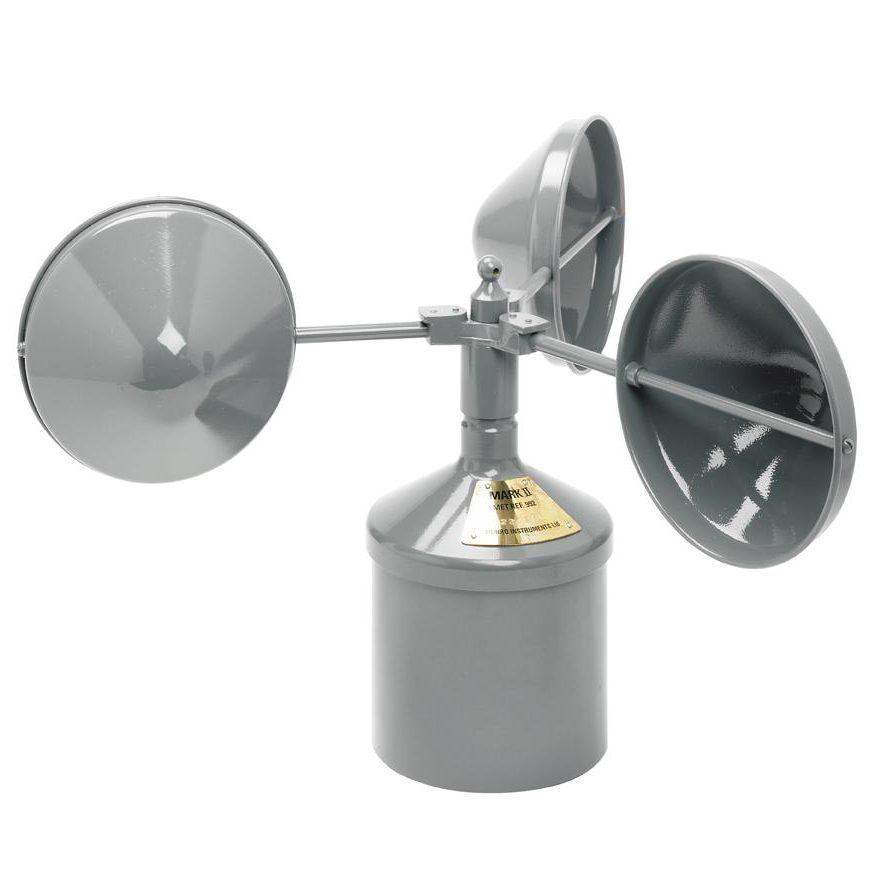How an Anemometer Can Improve Your Weather Tracking System
How an Anemometer Can Improve Your Weather Tracking System
Blog Article
Discovering the Features and Benefits of Anemometers for Weather Condition Fanatics and Experts
From mug anemometers to sonic anemometers, each type brings its special set of applications and advantages, dropping light on various facets of climatic conditions. As we dig into the functions and advantages of anemometers, a deeper understanding arises not only of prevailing climate phenomena yet additionally of the wider effects for fields like wind energy manufacturing and environmental study.
Importance of Anemometers in Climate Tracking
Anemometers play an essential duty in weather condition surveillance by offering exact dimensions of wind rate, assisting in projecting and understanding climate patterns. These tools, ranging from standard cup anemometers to modern-day ultrasonic anemometers, are important for meteorologists, researchers, and weather lovers alike.

Kinds Of Anemometers and Their Applications
With the critical function anemometers play in climate tracking and projecting, understanding the different kinds of these tools and their applications comes to be vital for specialists and enthusiasts in the field. One of the most common sorts of anemometers include cup anemometers, vane anemometers, hot-wire anemometers, and ultrasonic anemometers. Cup anemometers consist of 3 or 4 mugs mounted on horizontal arms that revolve with the wind, determining its speed. Vane anemometers, on the other hand, utilize an openly turning vane to line up with the wind instructions, offering both wind speed and direction measurements. Hot-wire anemometers operate based upon the concept of convective heat transfer, where the cooling impact of the air circulation is determined to determine wind rate. Ultrasonic anemometers make use of ultrasonic acoustic wave to compute wind rate and instructions precisely.
Cup anemometers are suitable and durable for general weather surveillance, while vane anemometers are preferred for directional dimensions. Ultrasonic anemometers are non-intrusive and supply high precision, frequently used in research and specialized weather surveillance applications.
Advantages of Utilizing Anemometers in Forecasting
In meteorology, the usage of anemometers supplies indispensable benefits for boosting the accuracy of weather projecting. Anemometers measure wind rate and instructions, providing important data for predicting weather patterns. By incorporating wind data right into projecting versions, meteorologists can better understand the motion of climate systems, expect adjustments in weather, and problem a lot more specific forecasts.
Additionally, anemometers play a crucial function in examining potential climate dangers. Keeping an eye on wind rates aids forecasters forecast serious weather condition events such as cyclones, tornadoes, and winter season storms with greater precision. This very early warning system enables authorities to provide timely signals and apply needed security steps, reducing the dangers to life and residential property.
Furthermore, anemometers assist in optimizing renewable resource production. By assessing wind patterns, meteorologists can determine appropriate locations for wind ranches and predict power outcome, adding to the efficient generation of wind power.

Anemometers in Wind Power Production
Provided the critical role anemometers play in supplying accurate wind data for weather projecting and danger assessment, their relevance encompasses the world of wind power production. Anemometers are necessary instruments in the area of wind power, where the measurement of wind rate and direction is important for identifying the usefulness and effectiveness of wind turbine installments. By precisely measuring wind speeds at differing elevations, anemometers have a peek at this website aid enhance the placement and style of wind turbines to make best use of power output.
In wind ranches, anemometers are strategically put to collect real-time wind data that is used to analyze the potential power manufacturing of a website. This data contributes in identifying the financial practicality of wind energy jobs and in projecting power generation to make sure grid security. Additionally, anemometers aid in keeping an eye on wind conditions to optimize wind turbine performance, stop damages from high winds, and guarantee the safety and security of workers operating in the area of wind generators.
Enhancing Weather Recognizing With Anemometers

Anemometers play a vital function in improving our understanding additional resources of microclimates. These local climate condition can differ dramatically from more comprehensive local forecasts, making it necessary to have precise data for specific locations. anemometer. By purposefully placing anemometers in various areas, researchers can collect comprehensive information on just how wind behaves in various terrains, metropolitan atmospheres, or bodies of water
Moreover, anemometers add to enhancing weather projecting designs by offering real-time information on wind behavior. This information is especially beneficial for predicting severe weather events, maximizing agricultural methods, and sustaining markets like aeronautics and maritime navigation. On the whole, anemometers are vital instruments that enable us to delve deeper into the complexities of weather condition systems, inevitably leading to even more better-informed decisions and precise forecasts.
Conclusion
In conclusion, anemometers play a vital function in weather condition tracking and forecasting by measuring wind speed and direction. Anemometers also have applications in wind energy manufacturing, more highlighting their relevance in both weather forecasting and sustainable energy industries.
From mug anemometers to sonic anemometers, each type brings its distinct set of applications and benefits, dropping light on numerous aspects of atmospheric problems. These instruments, ranging from conventional mug anemometers to contemporary ultrasonic anemometers, are vital for meteorologists, scientists, and climate enthusiasts alike. The most usual kinds of anemometers consist of mug anemometers, vane anemometers, hot-wire anemometers, and ultrasonic anemometers. Mug anemometers are appropriate and robust for basic weather condition tracking, while vane anemometers are preferred for directional dimensions. Anemometers are important tools in the field of wind power, my website where the dimension of wind speed and direction is essential for establishing the feasibility and effectiveness of wind turbine setups.
Report this page